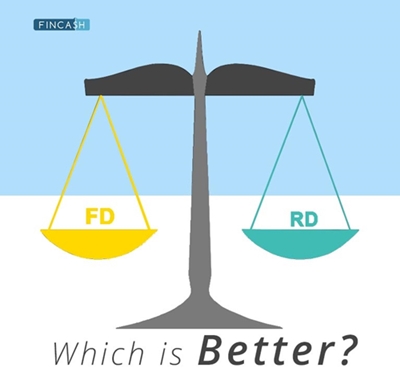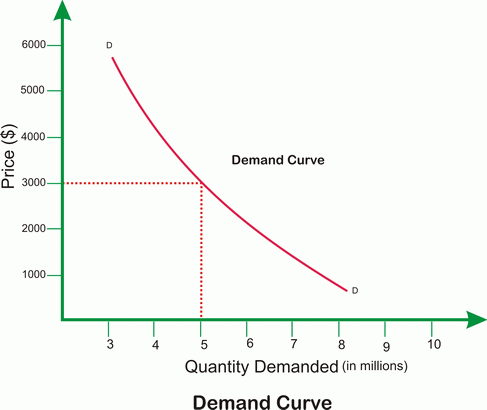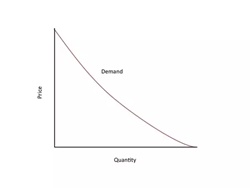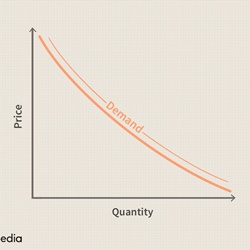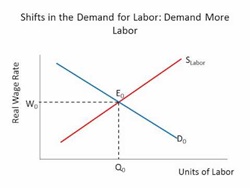
Table of Contents
What is a Demand Deposit?
A Demand Deposit refers to the money deposited in a Bank account that can be withdrawn on-demand without any advance notice. As a depositor, you can use the demand deposit funds for your everyday expenses. Sometimes, there is a fixed limit in terms of withdrawing from the account, depending upon the bank.
Checking and savings accounts are the common examples of demand deposits. These are different from the term deposits in which you have to wait for a fixed period before withdrawing the amount.
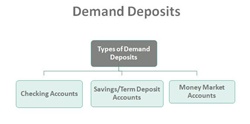
Features of Demand Deposits
Some key features of demand deposits are as follows:
- You get access to withdrawing money whenever required
- Bank pays slight interest when this is a form of a Savings Account deposit and not a current one
- Being an owner of the demand deposit account, you have the right to write a cheque whenever required
- You can also have a joint account where either of the owners can deposit and withdraw
- Some financial institutes set a minimum balance limit for demand deposit accounts
Talk to our investment specialist
Types of Demand Deposits
Checking Account
This is the most common form of demand deposit, which offers significant liquidity and allows withdrawing cash at any instance. The checking account might earn a minimal interest as the demand deposit accounts involve lower risk. However, based on the financial provider or the bank, there could be a difference in the interest paid.
Savings Account
This account is for the demand deposits held a bit longer than the short-term checking accounts. Funds in this account have lower liquidity, but the money can be transferred to the checking account for an extra fee. These accounts mostly have a minimum balance limit to be maintained, as a larger amount is kept for a longer duration. It thus pays a higher interest rate than the checking accounts.
Money Market Account
This account is for the demand deposits following the Market interest rates. The responses of the central bank over an economic activity impact the market interest rates. Therefore, the money market account pays more or lesser interest than a savings account, based on the interest rate fluctuations. Overall, the interest rates of this account type are competitive to the savings accounts.
Conclusion
The banks and other financial institutes offer demand deposits to allow the withdrawal of funds immediately, on-demand. The financial institute cannot charge an added fee for on-demand withdrawals from demand deposit accounts. However, a significant drawback of these accounts is that they offer a lower interest rate for readily available funds.
All efforts have been made to ensure the information provided here is accurate. However, no guarantees are made regarding correctness of data. Please verify with scheme information document before making any investment.
